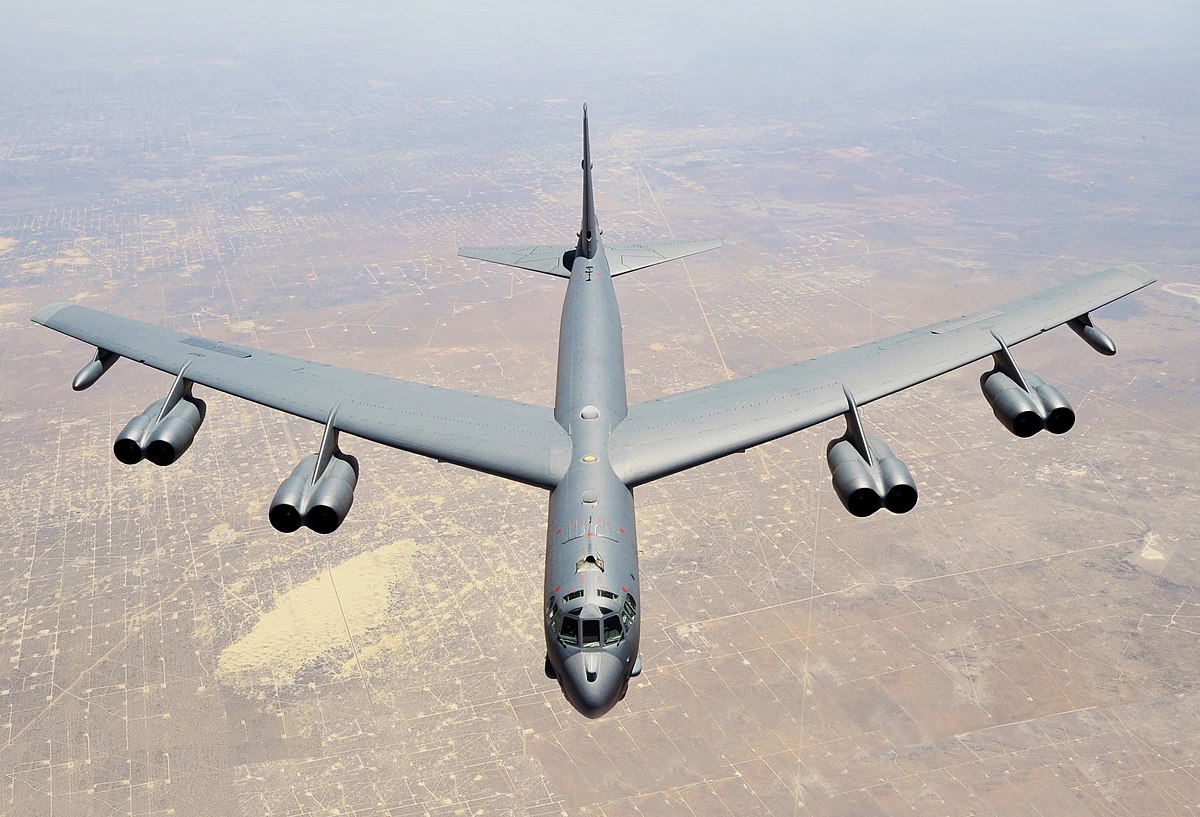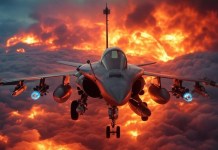Preparing against a possible drone attack that has been wreaking havoc on battlefields globally, the US Forces Japan’s headquarters in western Tokyo simulated a training drill to scramble military medical emergency personnel to treat the “injured” during such attacks.
Helpless Against China’s ‘Salami-Slicing’, India’s Neighbor Bhutan Makes Boundary Pact With The Dragon
Conducted on October 20, the drill took place after the US troops stationed in the Middle East came under attack, with one strike in Iraq reportedly resulting in the death of a contractor of cardiac arrest while taking shelter and another attack against the US-led coalition troops in Syria ended up causing minor injuries to some soldiers.
The extensive use of kamikaze and other attack drones in conflicts ranging from Ukraine to the Middle East has likely pushed the US troops to practice damage control during a drone attack.
It becomes even more significant for troops stationed in Japan given that China’s drone arsenal is swelling, with some of its cutting-edge drones frequently spotted in the Taiwan Strait.
A press statement released by the Yokota Air Base stated that the 374th Medical Group responded to a simulated aeromedical evacuation and mass casualty scenario during the Beverly Morning 24-1 exercise on October 20.
Mass casualty and evacuation scenarios are modeled after actual events, providing Yokota Airmen a chance to hone their emergency response abilities while strengthening base preparedness and resilience.
This part of the BM 24-1 exercise involved a mock enemy attack on a local installation that resulted in numerous casualties and the need for an urgent evacuation to Yokota medical facilities. Aircraft from Yokota UH-1N Huey and C-130J Super Hercules were used to transfer the injured to the 374th MDG, where they were to be treated immediately.
An imaginary drone strike had medics scrambling to treat dozens of mock casualties during training at the home of U.S. Forces Japan in western Tokyo. https://t.co/Wy3CVnFveS
— Stars and Stripes (@starsandstripes) October 23, 2023
As part of these unique drills, security personnel were prompted to respond to loud noises near the base’s Samurai Fitness Center. On arrival, they found roughly forty pilots clutching cards listing their explosion injuries, which ranged from minor to fatal, as they lay on the ground.
The medics arranged them based on severity as they fashioned their rescue. While the injured who could walk were taken to a sports field where they were required to wait for care, the others who were more severely injured were loaded into ambulances and transported to the base hospitals.
The drills were meticulously done with four role players having made up limbs designed to mimic serious, gory injuries loaded onto a UH-1 Huey helicopter and flown above Tokyo, landing on a ramp east of Yokota’s runway. When the medics arrived on the tarmac, they placed the patients onto stretchers and prepared them for transport to the adjacent hospital.

US Air Force Capt. Amy Goodnite, an administrator with the 374th Medical Group who assisted in organizing the exercise, said the medevac practice was designed to mimic what would occur if the US Navy hospital at Yokosuka Naval Base, located around 60 miles southeast, got overloaded with patients.
The training assessed the medics’ capacity to handle many patients needing care during an emergency. Deliberating on the effort to transfer some other mock patients to the naval hospital, she said, “Right now, we are working with Yokosuka. We have a lot of flexibility to provide people a higher level of care.”
The report noted that general hospital emergency rooms are usually better equipped than military urgent care facilities. Moreover, depending on the patient’s health, the time it takes to get to a Japanese facility can vary, and further delays can happen if nearby hospitals are overcrowded. “We can stabilize and work with our local Japanese hospitals, (but) they would have to accept them,” Goodnite told the publication.
The drill comes when tensions are running high in the region. Japan is preparing to bolster its military to contend with the threat of regional adversaries, including China and North Korea.
In August this year, Japan’s defense ministry said it scrambled a fighter jet to monitor a Chinese BZK-005 military drone spotted between Japan’s westernmost Yonaguni island and Taiwan.
A day after the medevac drills at Yokota concluded, large-scale joint exercises between the US military and Japan’s Self-Defense Forces were launched on October 20 to practice defending isolated Japanese islands. The drill was conducted in the southern prefecture of Okinawa, the northernmost region of Hokkaido, and the southwest area of Kyushu.
While experts believed these drills were launched, keeping an eye on burgeoning Chinese naval power, another set of exercises began soon after to dissuade another regional adversary, North Korea. On October 22, South Korean, US, and Japanese militaries conducted their first-ever trilateral aerial training to contend with the rising threat by North Korea.
Japan’s First Trilateral Exercise With The US & South Korea
In reaction to growing North Korean nuclear threats, the South Korean Air Force said in a statement that the military of South Korea, the United States, and Japan carried out their first-ever trilateral aviation exercise on October 22.
According to the statement, the purpose of the training near the Korean Peninsula was to carry out an earlier agreement among the three nations to strengthen defense cooperation and their joint reaction capabilities against North Korean threats.
It further noted that the exercise featured fighter jets from South Korea and Japan and an American B-52 bomber with nuclear weapons capability.

South Korea and Japan, two of the United States’ principal Asian allies, are home to over 80,000 American soldiers. Trilateral maritime exercises, like anti-submarine or missile defense drills, have been conducted by the three nations on occasion. Still, the latest training was the first time they had completed a trilateral aerial simulation.
Because many Koreans still feel deeply hurt by Japan’s harsh colonial control over the Korean Peninsula from 1910 to 1945, increasing military exercises between the two countries is a contentious topic in South Korea.
However, Yoon Suk Yeol, the conservative president of South Korea, has been forced by the North’s expanding nuclear program to set aside past grievances with Japan and strengthen trilateral security cooperation with the United States.
Moreover, earlier this year, Japan conducted a host of military drills with countries like India aimed at stepping up their deterrence against China. It also held a joint military exercise with France, which has been ardently seeking a more significant role in the contested Indo-Pacific region.
In the latest development, Japan told the media that it had invited Australia to join two regular military exercises conducted with the United States for the first time.
According to the schedule, the first exercise in November, Yama Sakura, will be with Japan’s Self-Defense Forces (SDF) and the US Army. The second exercise, Keen Edge, is scheduled for February and will involve the SDF and the US Marines.
In recent months, Japan appears to be highly active in collaborating with allies to deter regional threats.
- Contact the author at sakshi.tiwari9555 (at) gmail.com
- Follow EurAsian Times on Google News




